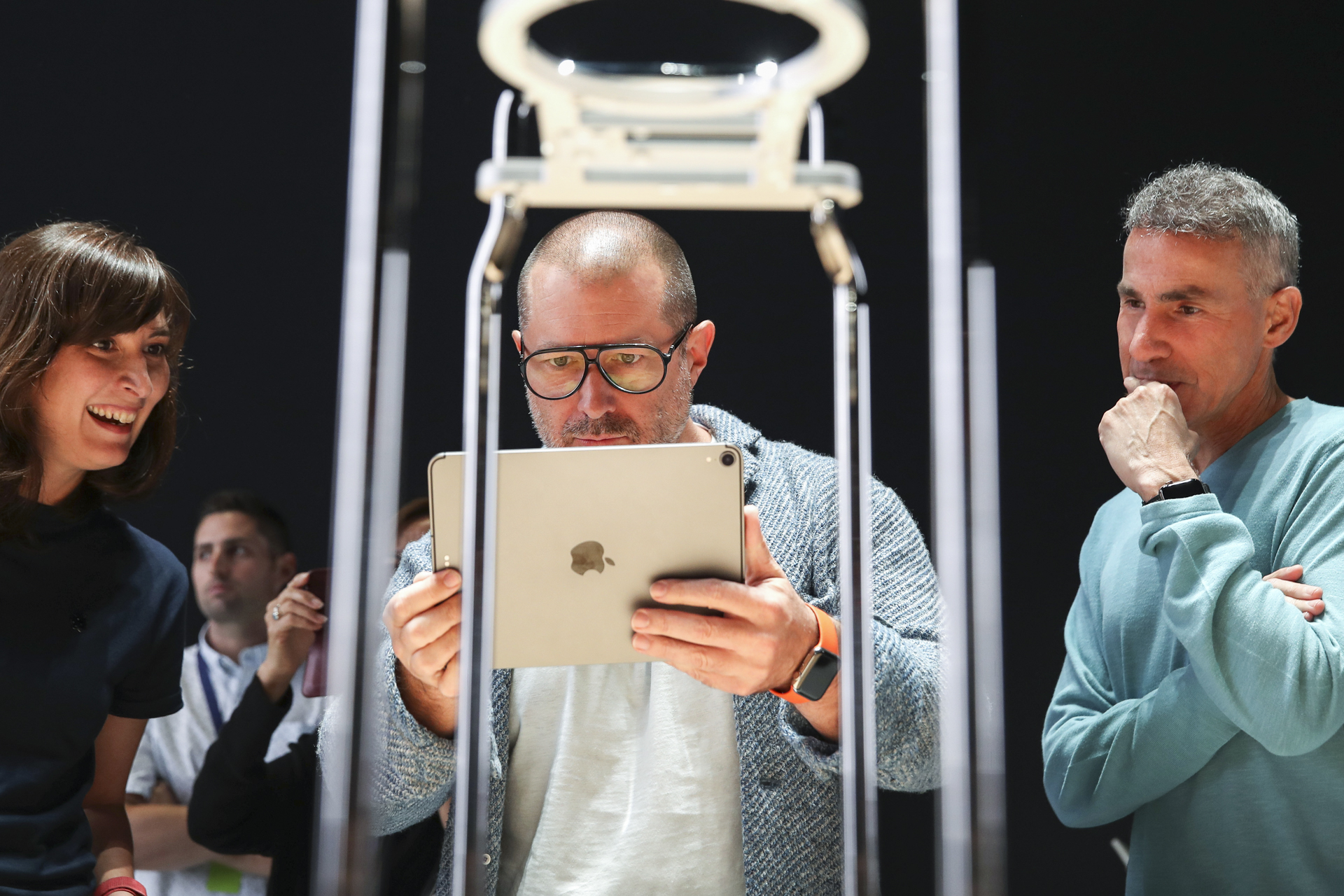
Apple’s head of design Jony Ive is leaving the company.
Apple announced Thursday that Ive will leave the company later this year to form his own independent design firm — which will have Apple as one of its major clients. In other words, while Ive is leaving Apple, he will likely still play a major role in the design of Apple products, at least for the foreseeable future.
As Apple’s chief design officer, Ive changed the face of modern design. From the company’s most popular Mac models to the iPhone to the Apple Watch, Ive’s designs have inspired countless knockoffs over the years — yet Apple products have continued to remain distinct and unique.
“Jony is a singular figure in the design world, and his role in Apple’s revival cannot be overstated, from 1998’s groundbreaking iMac to the iPhone and the unprecedented ambition of Apple Park, where recently he has been putting so much of his energy and care,” Apple CEO Tim Cook said in a statement.
Ive’s new company will be called LoveFrom, and it will launch in 2020. It’s not clear what other clients Ive will have, but we do know that designer Marc Newson, known for his work on aircraft design, furniture design, and jewelry design, will join Ive at the new company. Considering both Ive’s and Newsom’s history, it’s easy to imagine that he will be able to get new clients relatively quickly.
So who will fill Ive’s beautifully designed shoes as Apple’s head of design? According to Apple, design team leaders Evans Hankey, vice president of Industrial Design, and Alan Dye, vice president of Human Interface Design, will now report to Jeff Williams, Apple’s chief operating officer. In other words, no single figure will take over for Ive just yet.
“After nearly 30 years and countless projects, I am most proud of the lasting work we have done to create a design team, process and culture at Apple that is without peer,” Ive said in Apple’s blog post. “Today it is stronger, more vibrant and more talented than at any point in Apple’s history.”
Apple also announced that Sabih Khan, a longtime Apple employee, is being promoted to the executive team as Apple’s senior vice president of operations.
Editors' Recommendations
- The Apple Watch sales ban is about to start again
- Apple totally wasted the iPhone 15’s biggest design change
- Apple’s lead designer is leaving the company just three years after replacing Ive
- Your Apple Card will soon get its own savings account – here’s what it looks like
- Apple finally allows you to repair your own MacBook


